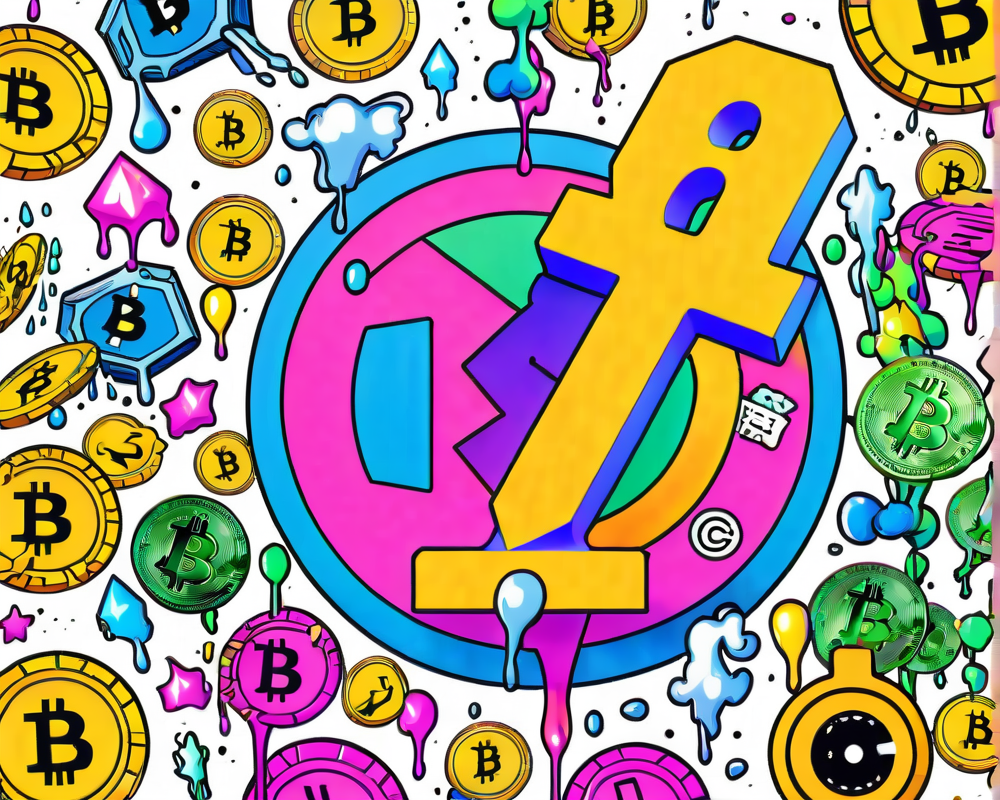The High Price of Transacting on Ethereum
For anyone who’s ever tried to send a simple token on Ethereum, the experience can feel like a trip to the dentist—something you dread but know you can’t avoid. Back in 2014, Ethereum’s co-founder, Vitalik Buterin, questioned Bitcoin’s then $0.05 transaction fee, deeming it ‘absurd’. Fast forward to 2021, and users were shelling out an eye-watering $50 just to approve a transaction on platforms like Uniswap. Talk about inflation!
Layer-Two Solutions: The Saviors That Fell Flat
Layer-two solutions were supposed to be like the superheroes of transaction fees, swooping in to save the day. Unfortunately, they’ve been more like that sidekick who shows up late to the party. Despite lofty promises, they, too, are finding it difficult to dodge the high fees that congested networks impose. As new users continue flooding the crypto space, these solutions seem like they can’t keep up.
Migration to Low-Fee Networks: Goodbye Ethereum!
With fees that can make you question your financial decisions, the crowd is slowly but surely bridging their assets to less expensive, Ethereum Virtual Machine-compatible networks. According to Dune Analytics, the total value locked (TVL) in bridge protocols has been on a steep upswing since early October. User behaviors are telling a compelling story—if Ethereum won’t make transactions affordable, people will go where they can have their cake and eat it too (for less!).
Riding the Ronin Bridge Wave
Amid the migration drama, Ronin Bridge has emerged as a fan-favorite, especially among Axie Infinity enthusiasts looking to lower their transaction costs. With the soaring popularity of Axie Infinity, this bridge is like a kid in a candy store—everyone wants a piece! The success of Ronin speaks volumes about user dissatisfaction with Ethereum fees and their eagerness to explore alternative platforms.
The Competition is Heating Up
Protocols like PancakeSwap and Avalanche are the latest hotshots in town, offering lower fees on alternative blockchains, and they’re not just for show. PancakeSwap, built on the Binance Smart Chain, is taking a slice of the action with a high TVL and lower transaction fees. If Ethereum doesn’t address its fee challenges soon, these alternative protocols are going to keep getting all the attention.
The Road Ahead: A Call for Change
If Ethereum hopes to retain its investors, it’s crucial for them to tackle the high transaction fees head-on. As more liquidity flows into other blockchains, Ethereum could become yesterday’s news—and nobody wants to be the protagonist in a sad blockchain tale.




